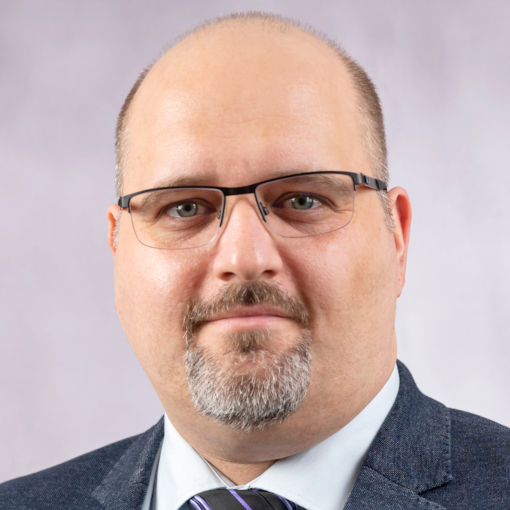Publications - Conference Paper
Filter by type:
Dynamical formation channels can produce black hole binaries with nonzero eccentricities. Template-based searches by the LIGO-Virgo Collaboration currently do not include templates of such binaries. To detect and characterize these signals one can use algorithms designed for generic gravitational-wave transients. BayesWave is a Bayesian algorithm using sine-Gaussian wavelets for unmodeled reconstructions of signal waveforms and parameters. We present a comprehensive study on how well gravitational-wave signals of binary black holes with nonzero eccentricities are recovered by BayesWave. We used two different waveform models to produce simulated signals of eccentric binary black holes and embedded them in simulated noise of design-sensitivity Advanced LIGO detectors. We studied the network overlaps and point estimates of central moments of signal waveforms recovered by BayesWave as a function of eccentricity.
We propose an observational test for gravitationally recoiling supermassive black holes in active galactic nuclei, based on a positive correlation between the velocities of black holes relative to their host galaxies, |Δv|, and their obscuring dust column densities, Σdust, both measured along the line of sight. Our findings using a set of toy models implemented to a Monte Carlo simulation imply that models of the galactic centre and of recoil dynamics can be tested by future observations of the potential Σdust-|Δv| correlation. We have also found that the fraction of obscured quasars decreases with |Δv|, for which the predicted trend can be compared to the observed fraction of type II quasars, and can further test combinations of models we may implement.
Technologies, design aspects and recent progresses for future gravitational wave (GW) detectors are mentioned in this summary of the C4 session of the Amaldi 10 conference.
Sources of gravitational waves are often expected to be observable through several messengers, such as gamma-rays, X-rays, optical, radio, and/or neutrino emission. The simultaneous observation of electromagnetic or neutrino emission with a gravitational-wave signal could be a crucial aspect for the first direct detection of gravitational waves. Furthermore, combining gravitational waves with electromagnetic and neutrino observations will enable the extraction of scientific insight that was hidden from us before. We discuss the method that enables the joint search with the LIGO-Virgo-IceCube-ANTARES global network, as well as its methodology, science reach, and outlook for the next generation of gravitational-wave detectors.
We investigate the recovery chances of highly spinning waveforms immersed in LIGO S5-like noise by performing a matched filtering with 106 randomly chosen spinning waveforms generated with the LAL package. While the masses of the compact binary are reasonably well recovered (slightly overestimated), the same does not hold true for the spins. We show the best fit matches both in the time-domain and the frequency-domain. These encompass some of the spinning characteristics of the signal, but far less than what would be required to identify the astrophysical parameters of the system. An improvement of the matching method is necessary, though may be difficult due to the noisy signal.
We investigate whether the recovery chances of highly spinning waveforms by matched filtering with randomly chosen spinning waveforms generated with the LAL package are improved by a cross-correlation of the simulated output of the L1 and H1 LIGO detectors. We find that a properly defined correlated overlap improves the mass estimates and enhaces the recovery of spin angles.
Concept Study of Yukawa-like Potential Tests Using Dynamic Gravity Gradients with Interferometric Gravitational Wave Detectors
Conference PaperWe present a technique to measure possible violations to Newton’s 1/r2 law using a pair of matched Dynamic gravity Field Generators (DFGs) in a null-experiment and taking advantage of the exceptional sensitivity of modern suspended mass interferometric gravitational wave detectors. The correct placement of the DFGs, i.e. rotating symmetrical two-body masses, in proximity to one of the interferometer’s suspended test masses, allows future tests of composition independent non-Newtonian gravity beyond the present limits. We give our calculation and simulation results in context ofYukawa-like potentials in the 0.5 – 10 meter range.
